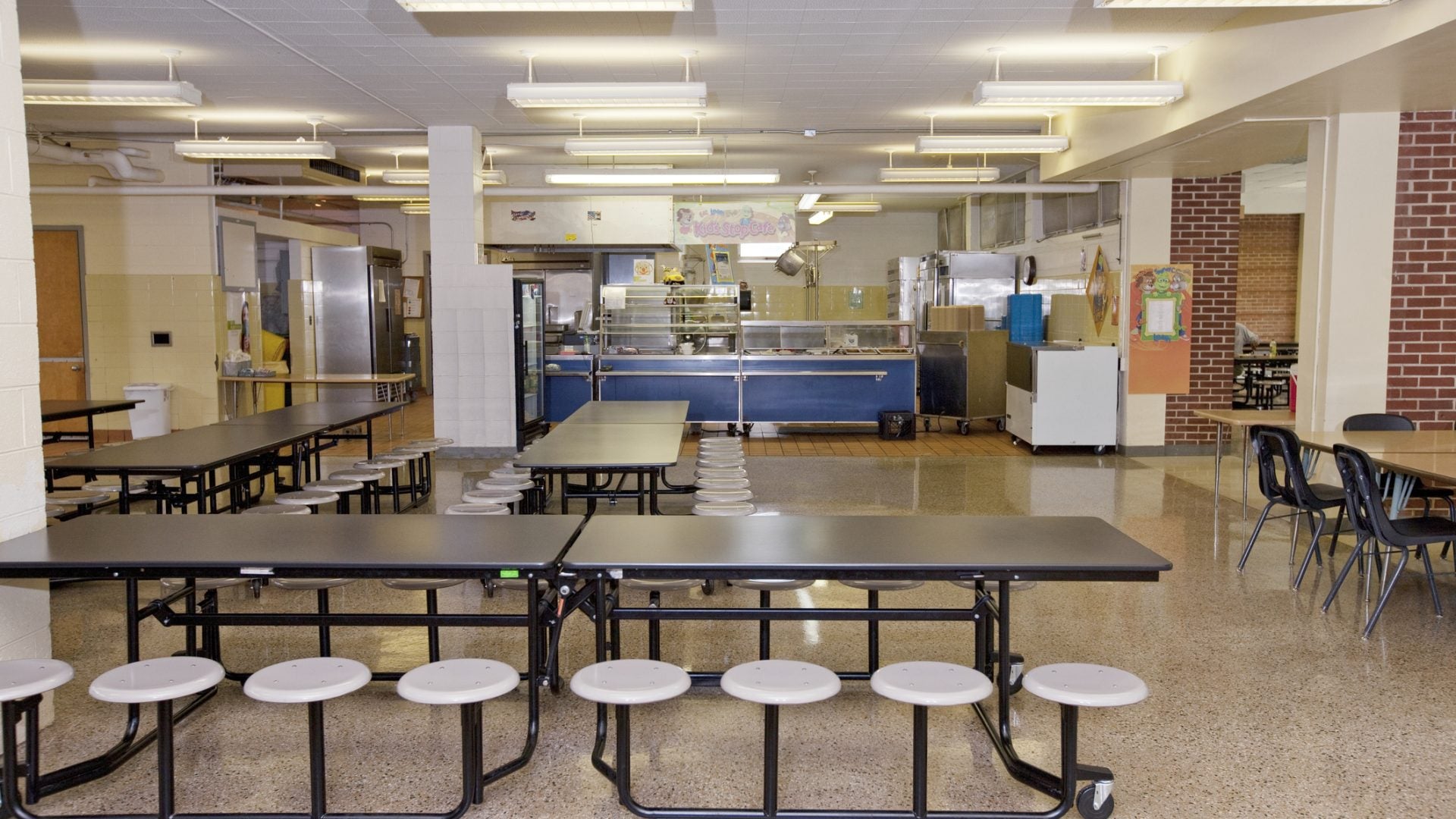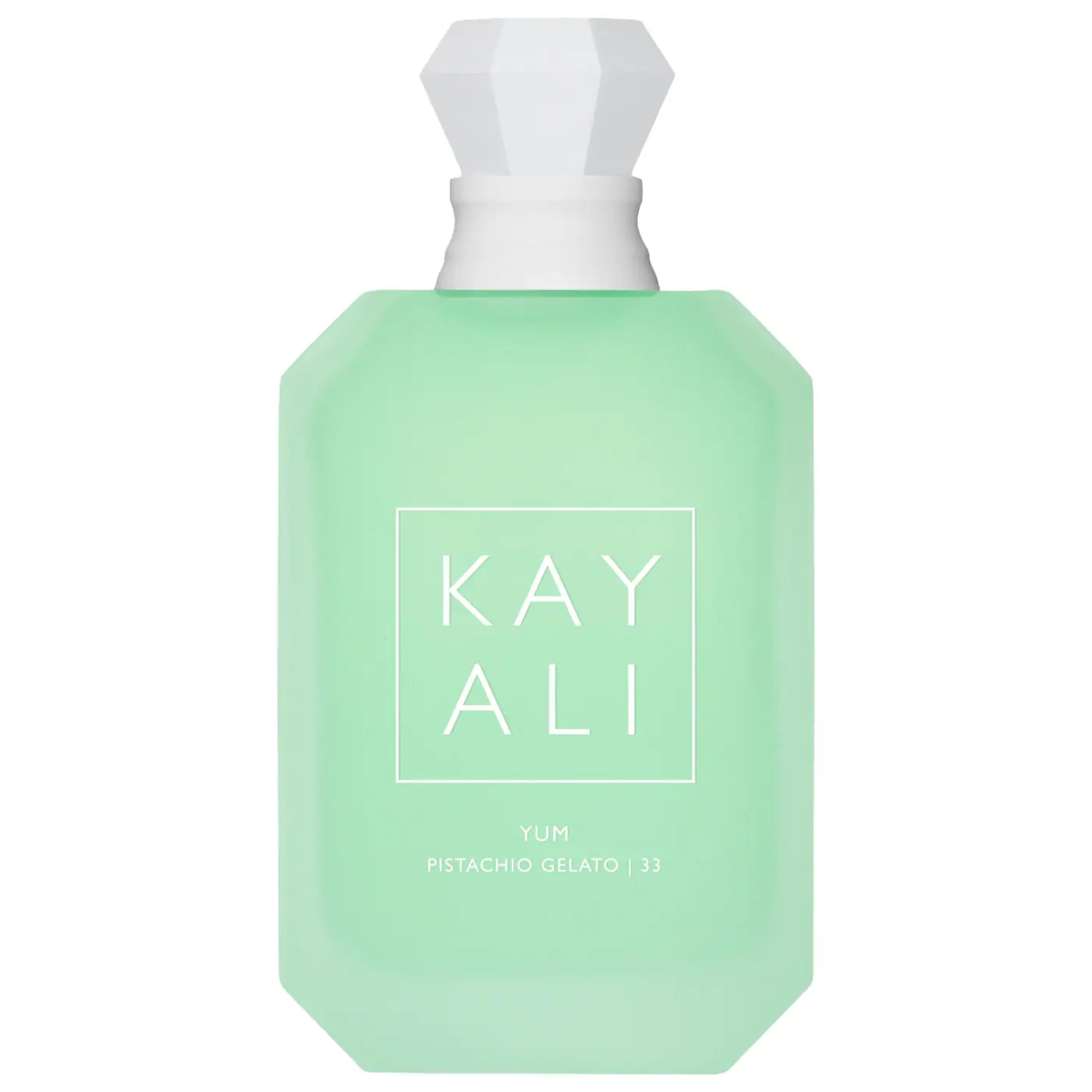
Last week, Donovan Elementary School in Ohio made the decision to have their first “Ice Cream Friday.” But not everyone was eligible to participate. In a social media post, the school wrote “A student must have money on their account to purchase an ice cream,” continuing, “If a student has a negative balance they will not be able to purchase an ice cream even if they bring their $1 for ice cream.”
Even more egregious, the message stated that students were not allowed to help out one another, “Students are only allowed to purchase 1 ice cream and are not permitted to buy an ice cream for a friend.”
Many were outraged by the school’s message, and the district ended up issuing an apology via Facebook, writing “We understand this post lacked empathy. We are sorry for the way the message was communicated. The wording lacked empathy and sensitivity for students who have low or negative meal account balances.”
The district’s response also attempted to provide clarity, “The post was intended to communicate to Donovan parents how several district-wide rules apply to a la carte items purchased in the cafeteria. These rules are not new.”
The post further explains that students with a negative meal account balance are prohibited from purchasing a la carte items, which applies to the ice cream at hand.
“We also do not permit students to purchase food for their classmates without prior parent permission,” said the district, adding “We sincerely apologize for the way this information was communicated.”
One community member decided to take action. And Naiyozcsia Thomason, owner of local restaurant Mz. Jade’s Soul Food Local, paid off all of the Donovan Elementary School students’ lunch debts, so that every student could participate and get ice cream during the end of week celebrations. Thomason said, “I donated the balance of everything which was $411.15.”
Whiles this generous act of philanthropy is much appreciated, it does not get at the heart of the problem: why are elementary students going into lunch debt?
This past June, “Congress ended the free-lunch-for-all program…reverting to a system in which low-income families had to fill out paperwork to qualify for aid based on their income,” USA Today reports.
The federal waiver was only intended to be a pandemic relief program, but after seeing the universal free lunch policy in action, many believe it should be a permanent fixture. As Diane Pratt-Heavner, the School Nutrition Association’s director of media relations said, making free lunches universal “worked beautifully,” and that “[t]here were just tremendous benefits.”
Sen. Bernie Sanders (I-VT) and Rep. Ilhan Omar (D-MN) introduced a bill in 2019 that would make free lunches permanent, but it did not gain much traction then or in the ensuing years.







Indeed, there have been longstanding issues with the pre-pandemic lunch system, due to a variety of factors including that some families may not understand how to apply, with others facing rejection because they don’t qualify.
To receive a free lunch, a family of four is required to earn less than $36,000 a year, but this threshold leaves many families behind who still cannot afford school lunches, but earn too much in order to qualify for the meal subsidies.
Some students saddled with lunch debt become the subject of humiliation, per the Washington Post, in “what critics have labeled ‘lunch shaming.’ In schools nationwide, students have been branded with stamps, given unappealing cheese sandwiches, or even had their lunches thrown away after employees discovered that they were in arrears,” and apparently even being denied ice cream on “Ice Cream Fridays.”






